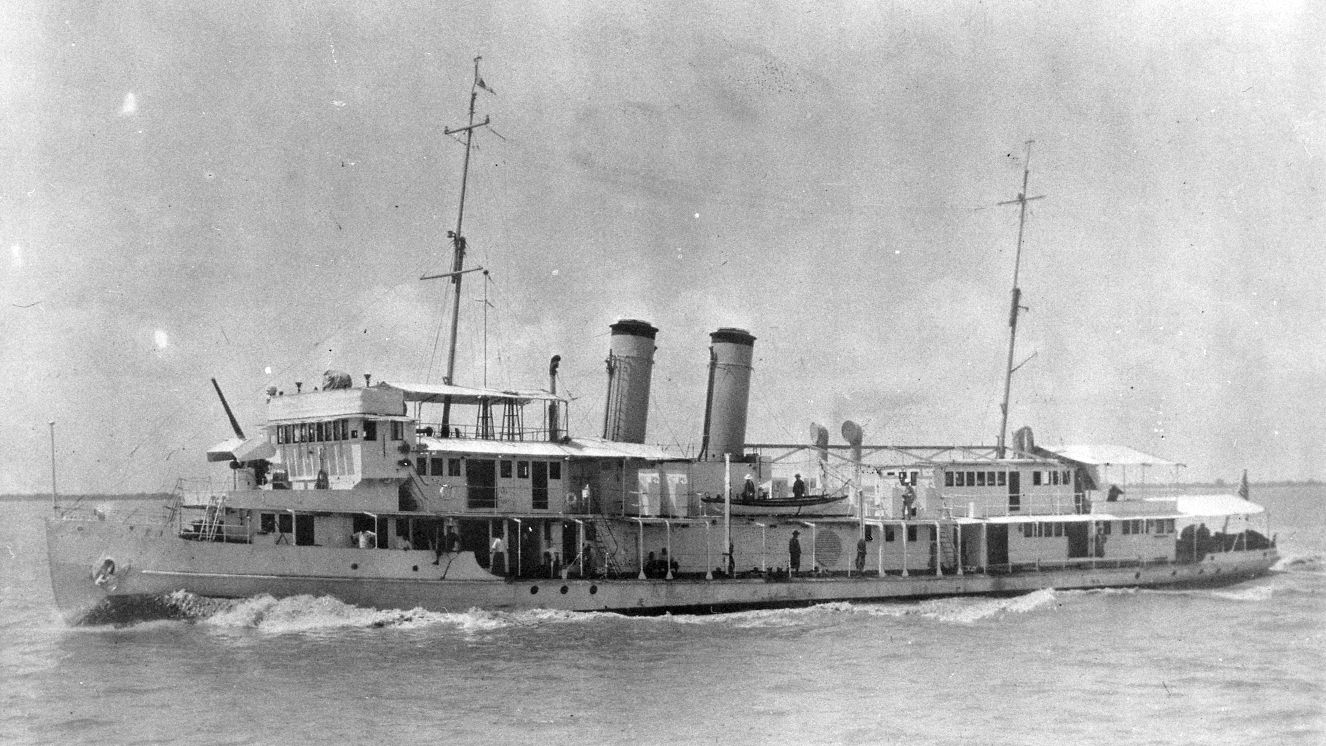AIR FORCE TO RESUME OSPREY PLANE OPERATIONS AFTER CRASH

The Air Force Special Operations Command has made a huge announcement. It will again deploy its fleet of CV-22B Osprey aircraft. This is despite the deadly crash of its Osprey plane a few months ago. This move is to counter-terror operations. The aircraft will be deployed to combatant commanders across the globe. But now, they are more confident with the CV-22B following their efforts in doing safety checks. The command's head, Lt. Gen. Michael Conley, mentioned at the Air and Space Force Association conference that they are more than convinced about the fleet. More than half of it is now ready for deployment. All of the Osprey military planes should be flying by the first quarter of next year.
Air Force Osprey Crash Investigation Details
On November 29 of last year, an Osprey aircraft crashed into the coast of Japan on Yakushima Island. The crash was about 650 miles southwest of the capital, Tokyo, killing its eight crew members. After the investigation, it was discovered that the cause was a crack in a small pinion gear inside its gearbox and a pilot's error. The crack caused a huge issue, leading to multiple failures across its drive system. After the incident, the U.S. military ceased all the V-22 Osprey's operations. It was even found that its crew did not have a sense of urgency. This is even though they received warnings in the aircraft.The pilot of the Osprey plane had already received warnings to land when they were still close to the mainland. He could have diverted their route to a closer, safer airfield. Even after the warnings, the pilot continued flying 8,000 feet above sea level. The Japanese government accepted the findings. They also acknowledged that other future accidents could be controlled. Yoshimasa Hayashi, Chief Cabinet Secretary, mentioned that the U.S. and Japan had agreed that flight safety would be the top priority. There are around 400 multipurpose Osprey military planes that the Marines, Navy, and Air Force have been using in Japan and across the globe. This aircraft is one of the most used by service members. However, its safety is still sometimes in question. As of 2007, there have been around 20 deaths since the V-22 entered service. The Flight Safety Foundation released a figure that at least 50 personnel have died in a crash due to testing or operating the aircraft.
Air Force Resumes Osprey Plane Operations
Most of the CV-22B aircraft are back in flying mode. Some are even in England. Japan is almost back to full mission readiness. Some of the Osprey military planes will be deployed in secluded locations, although there are no specific locations yet. However, according to the Naval Air Systems Command, they have placed restrictions on some Ospreys, limiting their flight to remain within 30 minutes range of a safe place to land just in case of another malfunction.Now, to ensure that an Osprey plane is in tip-top shape, the service completes safety checks and clears roughly three Ospreys for a flight every ten days. The move to provide CV-22s to combatant commanders was due to the fatal Osprey crashes. This is to avoid families and loved ones who will be in forever grief of their loss. However, some of the Japan craft families are skeptical of the Air Force's decision to use the Osprey plane again. They even warned the loved ones of the crewmembers to always prepare for the worst-case scenario.Despite the mechanical issues identified as far back as 2013, Conley is still in high spirits, stating that there was no fault from a manufacturing standpoint. He even added that there is no foolproof, but the department learned a lot from those investigations. That is what they are applying to prevent any crash that will happen in the future. Now, to make the Osprey military plane safe, the Air Force Special Operations Command altered its policies regarding what to do after a single chip burn and a second chip burn. Wife of Capt. John Sax, Amber Sax, a pilot who died due to a Marine Corps Osprey crash, mentioned that she is still not buying the solution. She believes that there are not sufficient public-facing answers to the mechanical issues. Despite this, Conley is confident with the Osprey plane and mentioned that he will not risk the men and women of AFSOC if the aircraft does not pass quality standards.Suggested reads:
BY ALLISON KIRSCHBAUM
Veteran, Military History & Culture Writer at VeteranLife
Navy Veteran
Allison Kirschbaum is a Navy Veteran and an experienced historian. She has seven years of experience creating compelling digital content across diverse industries, including Military, Defense, History, SaaS, MarTech, FinTech, financial services, insurance, and manufacturing. She brings this expertis...
Credentials
Expertise
Allison Kirschbaum is a Navy Veteran and an experienced historian. She has seven years of experience creating compelling digital content across diverse industries, including Military, Defense, History, SaaS, MarTech, FinTech, financial services, insurance, and manufacturing. She brings this expertis...



